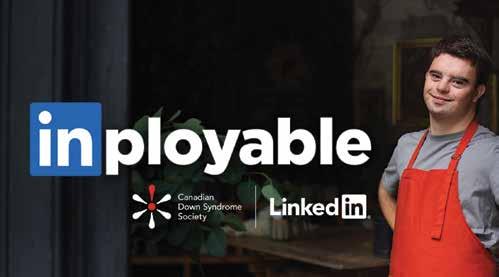
3 minute read
Scarcity may change the way consumers shop – and how retailers plan.
BY WENDY KAN
With the one-two punch of the pandemic and the climate crisis – actually, three, if you count the war in Ukraine – consumers have become all too familiar with occasionally empty shelves in stores. So, in a future that might feature limited access to the goods we’ve come to rely on, how will retailers need to respond?
“Some of the issues of scarcity [will have to be addressed by] merchants who recognize that supply chains are in transition,” say Paco Underhill, founder and strategic advisor of Envirosell Global and KP Ecological, and author of books such as How We Eat and Why We Buy. “For example, Loblaws could be growing much of the greens it serves in the context of the location, either in the parking lot or the rooftop with hydroponic growth.”
The case for going local is sure to become much clearer as the supply chain tightens. In the throes of the pandemic, consumers supported local businesses while the need for vaccines and N95 masks exposed weaknesses of a system where goods are produced abroad. Canada, for example, is the largest producer of mustard seed… yet we don’t produce mustard. While mustard won’t be priority in a time of scarcity, strategic considerations will need to be made for those items that are.
Naturally, companies have already begun stepping up. One example: Vision Greens, based in Welland, Ontario, is using hydroponic technology to grow lettuce via indoor vertical farming in hopes of reducing dependency on produce from the U.S.
Retail and consumer experts agree that growing consumer awareness of energy, carbon and water issues – as well as a new Canadian law to prevent forced labour and child labour within supply chains –may also translate into the need for more information provided on packaging and by retailers in general.
“Being customer-centric means being transparent, and the more transparency you can provide your customer, the higher level of trust you’re going to build with them,” says Myles Gooding, national consumer markets leader and global consumer markets advisory leader with PwC Canada. “Building trust is going to be part of the future business currency of growth and growing your customer base. Those that don’t do that will eventually fall by the wayside.”

For example, Gooding points to how shoppers who encounter empty shelves in place of their usual romaine lettuce aren’t typically provided any information as to why it’s not available. They’re often left to search online for the reason (which is likely due to a climate, flooding or E. coli issue). A jar of tomato sauce may indicate it is “Made in Italy,” but better transparency might reveal the tomatoes are harvested somewhere else under questionable labour standards, and that is now impacting supply.
Gooding suggests many businesses tend not to act until there’s pressure from government regulations. So, forward-thinking companies and retailers should start to think (and talk) about where components are sourced, how the product is processed and how sustainable the product is.
But how brands communicate to consumers will be just as important. People tend to tune out stories they’ve heard too many times – especially when it feels like there’s more talk than action. “You may not be able to talk about carbon because it feels very political. So, you might talk about soil health instead,” advises Sherry Frey, VP of total wellness for NIQ. “It’s a little bit – probably unfortunately – of a dance.”
Retailers may also need to rethink the physical set-up of their stores as supply becomes unreliable. Frey sees a future in which layouts are centred around routine and high-repeat purchases. “The store becomes more a fulfillment centre versus a store for actual impulse buys,” she says. “As retailers want to draw consumers more into the store, if they move towards the fulfillment area, the rest of the store has to be more experiential.”
Store layouts may be reimagined in other ways, too. Says Underhill, “We worked with a Brazilian company where they would assemble in different parts of their store all of the related material. So, for example, an allergy store, and all of the products from clothing to food to medicine that would be spread out across the store would be concentrated all in one place, knowing it was for a particular customer segment.”
Forward-thinking companies might even consider stepping up to provide innovative add-on solutions to address shortcomings in the supply chain. In the U.S., for example, Petco Health and Wellness Co. recently launched a pilot recycling program where its store operations and customers can deposit items such as non-curbside waste and pet food packaging at its stores, which, through a partnership with decking company Trex, are then converted into composite decking material for commercial and residential use.









